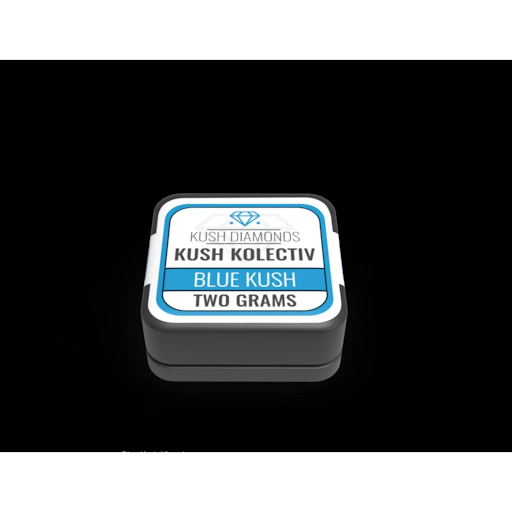
Those who aren’t familiar with the culture of dabbing may feel lost. The use of jargon and acronyms may make it seem like a language only experts can understand. In this guide, we’ll explain all you need to know about THC dabs and dabbing, from the history of dabbing to much more.
What is dabbing?
Dabs, or concentrated cannabis, can have a number of different flavours and appearances depending on the method used to create it. A dab rig, e-rig, or dab pen is used to inhale the concentrates. Flash vaporisation occurs during the dabbing process at temperatures between 400 and 600 degrees Fahrenheit, while combustion in smoking occurs at temperatures around 350 degrees Fahrenheit.
Like a bong, a dab rig is made of glass and contains a water chamber, but instead of a bowl for flowers, it has a nail for dabbing. It is common practice to use a torch to heat the nail, then wait for it to cool to the proper temperature before dropping it in a dab.
The word “dabs” comes from the roughness of the substance, which also serves as a clue to the method of production.
How Dabbing Works
Dabbing is a method of consuming cannabis that involves heating the substance to a very high temperature before inhaling the vapour or using THC pre-rolls. To smoke oil, one needs a special glass bong, often known as an “oil rig.”
A blow torch is used to melt the wax on the “nail,” and the resulting vapour is inhaled by the user. Dabbing’s initial effects come from this method of consumption.
People can also dab by using vape equipment to inhale hash oil. Because there is no smoke or odour, this approach is very popular among teenagers who are using hash oil illegally. As a result, individuals may start dabbing in open settings such as classrooms.
Marijuana vs Dabs
These extracts of marijuana can include as much as 80% THC, which is significantly higher than the average range of 10-15% seen in regular weed.
Dabbing, unlike smoking, can produce a high almost immediately. It avoids the gradual onset that comes from smoking joints. Dabs are far more powerful than ordinary cannabis, both in terms of their THC concentration and the intensity of their effects.
Physiologic and psychological effects
Damage to the lungs from inhaling concentrated cannabis is a potential risk associated with BHO use. Acute and chronic lung damage, such as pneumonia, pneumonitis, and acute hypoxic respiratory failure, have been linked to BHO dabbing, according to case reports in the literature. Structural brain abnormalities, psychosis, and cognitive failure have also been linked to dabbing BHO. Dabs extracted from cannabis have been linked to cases of sudden psychosis in some users.
In addition to these mental and physical symptoms, BHO users may experience tachycardia, hypertension, antegrade amnesia, brief loss of consciousness, drowsiness, lethargy, visual/auditory hallucinations, and tactile/visceral hallucinations. It has also been shown that end-organ damage occurs along the serotonergic and sympathomimetic brain pathways.
How to make dabs
It’s crucial to know that butane or another chemical solvent is used in the production of solvent concentrates like shatter, wax, crumble, honey, jelly, and many others before you start dabbing. That’s why you can’t make your own at home but can enjoy THC gummies; these concentrates require a trained professional and special equipment.
Only a technician who has been properly licensed in a legal market will be able to remove solvents from an extraction, making it safe for human consumption. Erroneous procedures for solvent extraction might result in the discharge of toxic gases or even explosions.
However, it is possible to make solventless dabs with cannabis flower and common kitchen equipment.
Dabbing is the practice of using a dab rig, e-rig, or dab pen to vaporise concentrated substances, commonly known as dabs, rapidly. If you’ve never dabbed before, it can be useful to have someone who is more experienced with it show you the ropes.









Very well presented. Every quote was awesome and thanks for sharing the content. Keep sharing and keep motivating others.
This post post made me think. I will write something about this on my blog. Have a nice day!!
As I website owner I believe the content material here is really good appreciate it for your efforts.
Definitely what a great blog and instructive posts I definitely will bookmark your site.All the Best!
I appreciate you sharing this blog.Really looking forward to read more. Really Great.
Great post Thank you. I look forward to the continuation.
Comments are closed.